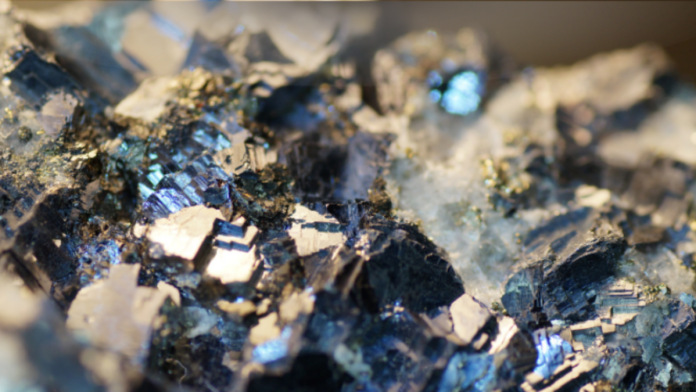The Trump administration is considering taking a direct stake in Critical Metals Corp, the company developing one of Greenland’s largest rare earths mines. Rare earths are minerals with special magnetic and electronic powers, used in smartphones, electric cars, wind turbines, and military systems. The mine, known as the Tanbreez deposit, contains minerals that are critical for industries like electric vehicles, wind turbines, smartphones, and missile systems.
China currently dominates the production and processing of rare earths, raising concerns for the U.S. The government wants to secure access to these minerals at home and reduce reliance on foreign sources. By taking an equity stake in Critical Metals, the U.S. could gain a direct role in one of the most important rare earths projects in Greenland.
Officials have discussed converting a $50 million grant under the Defense Production Act into an investment in the company. If finalized, this could give the U.S. an 8% stake in Critical Metals. Negotiations are still ongoing, and the final stake could differ. This investment would be separate from a potential $120 million loan from the U.S. Export-Import Bank (EXIM), which is being considered to help fund the development of Tanbreez.
YouTube to pay $24.5 million to settle lawsuit related to President Trump’s account ban
Greenland’s Strategic Appeal
Greenland, a semi-autonomous territory of Denmark, is rich in minerals, and the Tanbreez project is its largest rare earths deposit. Along with rare earths, the mine contains gallium and tantalum, materials that are also critical for technology and electronics.
Developing the mine presents challenges. Greenland’s remote location, harsh climate, and strict environmental regulations make mining complex and costly. Despite these difficulties, the U.S. sees Greenland as strategically valuable. The island hosts major U.S. military bases, and its mineral resources are considered important for both economic and national security purposes.
Oregon files federal lawsuit to block Trump’s troops — cites 10th Amendment and abuse of power
The Tanbreez project is expected to cost $290 million to bring into commercial production. Once operational, it could produce 85,000 metric tons of rare earths per year. The output would support high-tech industries in the U.S., helping to lessen dependence on foreign suppliers and giving American companies greater access to essential materials.
U.S. Moves to Secure Critical Minerals
The potential investment is part of a wider U.S. effort to secure rare earths and other critical minerals. The government has already taken stakes in companies like Lithium Americas and MP Materials, which produce lithium and rare earths.
Hundreds of companies are reportedly approaching the Trump administration, seeking federal investment in critical mineral projects. This growing interest highlights the importance of rare earths for technology, renewable energy, and national defense.
Trump slaps 100% tariffs on medicines and new duties on trucks and furniture
The discussions with Critical Metals involve warrants, which allow the U.S. government to purchase company stock at a set price. This method would provide an equity stake without requiring immediate full ownership. At the same time, officials are exploring using funds from programs such as the CHIPS and Science Act to further support domestic mineral projects.
Greenland’s mining sector has grown slowly due to limited investor interest, bureaucratic challenges, and environmental concerns. Currently, only two small mines operate on the island. The Tanbreez project represents a rare opportunity for large-scale mineral production in the region.
The interest in Greenland also reflects a long-standing U.S. focus on the island. Officials from previous administrations have visited Greenland to promote investment in mining and infrastructure. With Trump sending high-level representatives to the island and ongoing negotiations for U.S. investment, Greenland is now a center of strategic attention.


